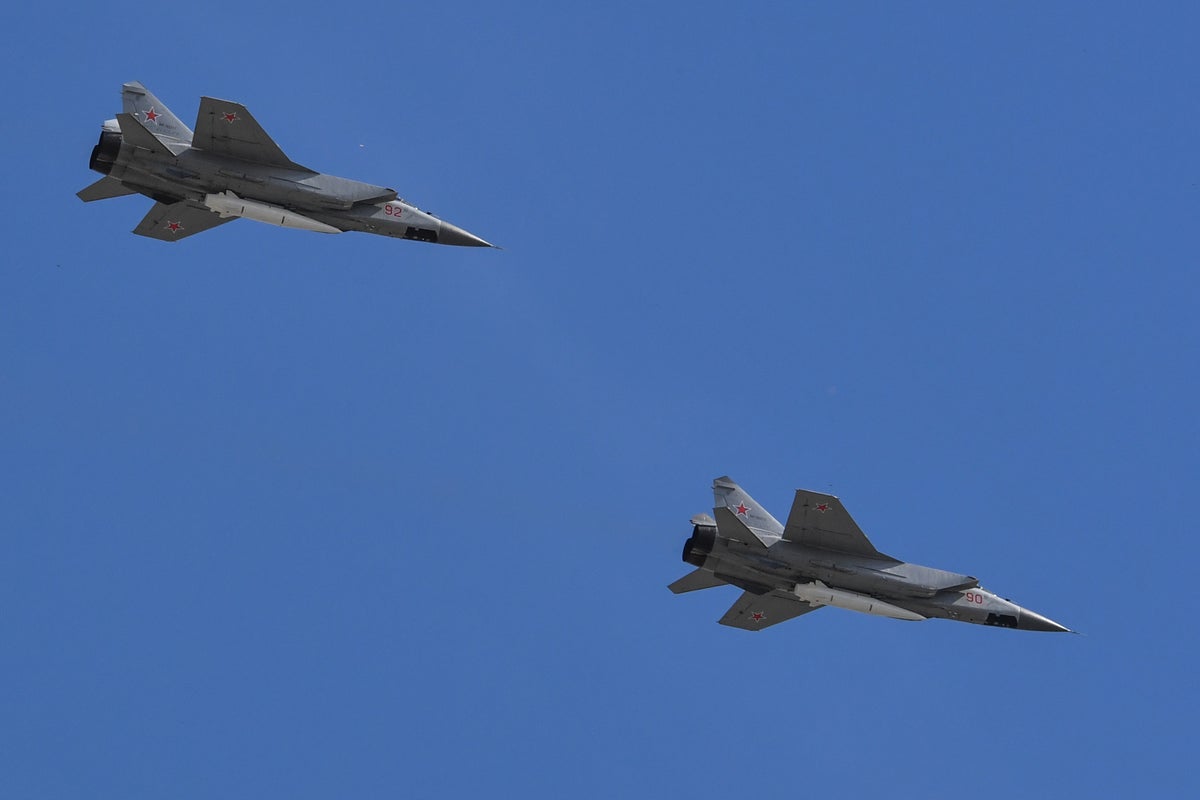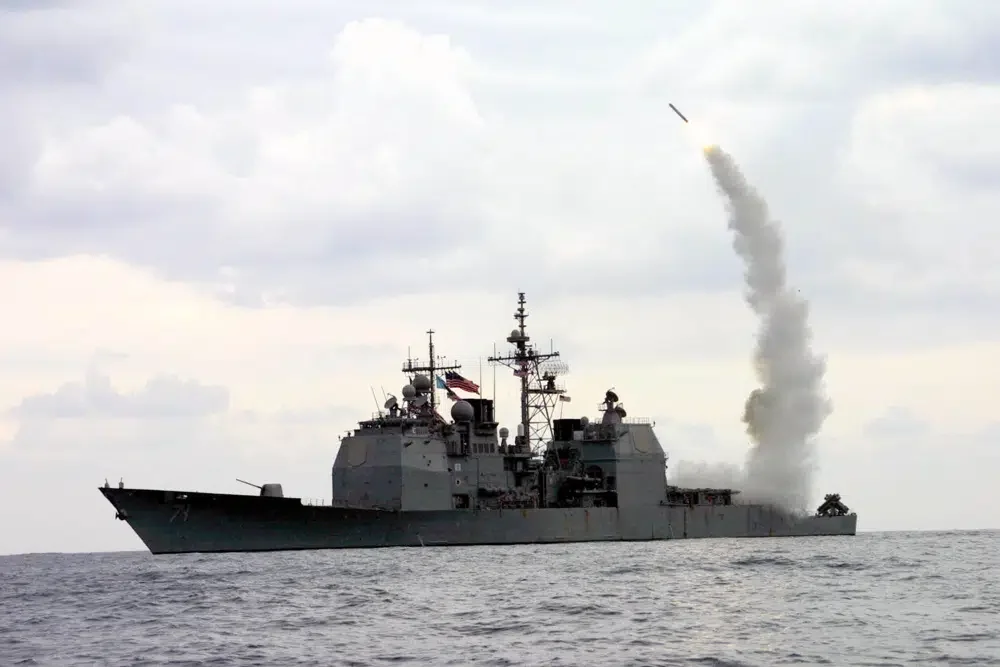
The US has signalled its intention not to press ahead with the purchase of a hypersonic missile system following problems during testing.
It comes just weeks after Russia unleashed a wave of air strikes across Ukraine using such weapons, killing at least six people and knocking out power, including to the Russian-controlled Zaporizhzhia nuclear power station.
Ukraine said the barrage included six hypersonic Kinzhal missiles which its air defence systems were not capable of intercepting.
“This was a major attack and for the first time with so many different types of missiles...The enemy launched six Kinzhals,” air force spokesperson Yuriy Ihnat said. “It was like never before.”
Several countries are looking into developing or procuring hypersonic missiles in a developing arms race amid fraught geopolitical tensions between Russia and the West and the threat posed by China in the Indo-Pacific region.
What are hypersonic missiles?
Hypersonic missiles, like the Kinzhal (Dagger) rockets allegedly being deployed by the Russian Air Force, are thought to represent the next generation of arms because they can travel at exceptionally high velocities – up to ten times the speed of sound, which is around 8,000mph.
By comparison, a subsonic cruise missile like the US Air Force’s Tomahawk rocket moves at a relatively sluggish 550mph.
Kinzhals are typically carried by MiG-31K fighter jets and can hit targets as far away as 1,250 miles, their speed, mid-flight manoeuvrability and ability to fly at low altitudes making them difficult to track using radar on the ground and therefore near-impossible to stop.
Perhaps most alarmingly, the Kinzhal can carry a nuclear warhead as well as a conventional explosive, a strategy it has been feared Russia could resort to as its war in Ukraine becomes more desperate and drawn-out than expected due to the heroic resistance put up by the locals.

Which countries have them?
Australia, the UK and US, together known as the Aukus nations, previously announced they plan to expand their military pact to collaborate on the development of hypersonic missiles and anti-hypersonic weapons.
In April 2022 Scott Morrison, Boris Johnson and Joe Biden issued a joint statement saying their countries would “commence new trilateral cooperation on hypersonics and counter-hypersonics, and electronic warfare capabilities, as well as to expand information sharing and to deepen co-operation on defence innovation”.
“These initiatives will add to our existing efforts to deepen cooperation on cyber capabilities, artificial intelligence, quantum technologies, and additional undersea capabilities.”
The Aukus deal was initially signed to concentrate on nuclear submarine development with a wary eye on potential Chinese aggression in the Pacific, but focus has now shifted towards the threat posed by Vladimir Putin after Russia invaded Ukraine on 24 February.
Russia’s defence ministry has already said its forces have fired hypersonic ballistic missiles in the conflict, claiming to have destroyed a fuel depot in the Black Sea city of Mykolaiv and an underground ammunition store in western Ivano-Frankivsk.

How effective are they?
Military analyst Pavel Felgenhauer, however, has argued that the weapons will make little difference on the ground and that their true value is “giving a certain psychological and propaganda effect”. In other words, inspiring terror.
Mr Putin has boasted of Russia’s investment in such “invincible” weaponry, justifying doing so as a response to what he considers to be Nato military expansion on his country’s doorstep in Eastern Europe.
The US and China are said to be working on their own versions, as are the navies of Britain and France, which are understood to have been collaborating on one known as Perseus since 2011, although it is not expected to enter service for another eight years.
US Air Force drops Lockheed hypersonic missile
Andrew Hunter, assistant secretary of the US Air Force’s acquisition team, told politicians earlier this month that his team would not go ahead with purchasing the hypersonic AGM-183A Air-launched Rapid Response Weapon after the prototyping phase ended.
There were problems with the weapons during testing.
Mr Hunter, in written testimony, told the House Tactical Air and Land Forces Subcommittee the service planned to finish the ARRW program’s last two all-up round test flights to collect data to help with future hypersonic programmes.







